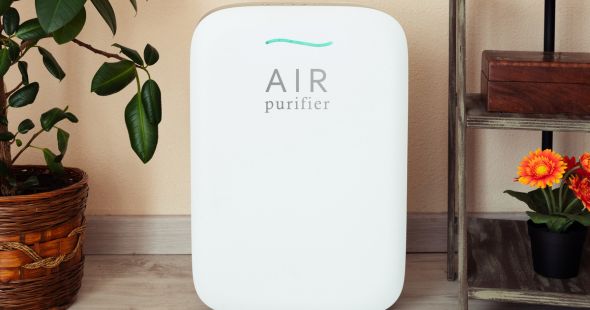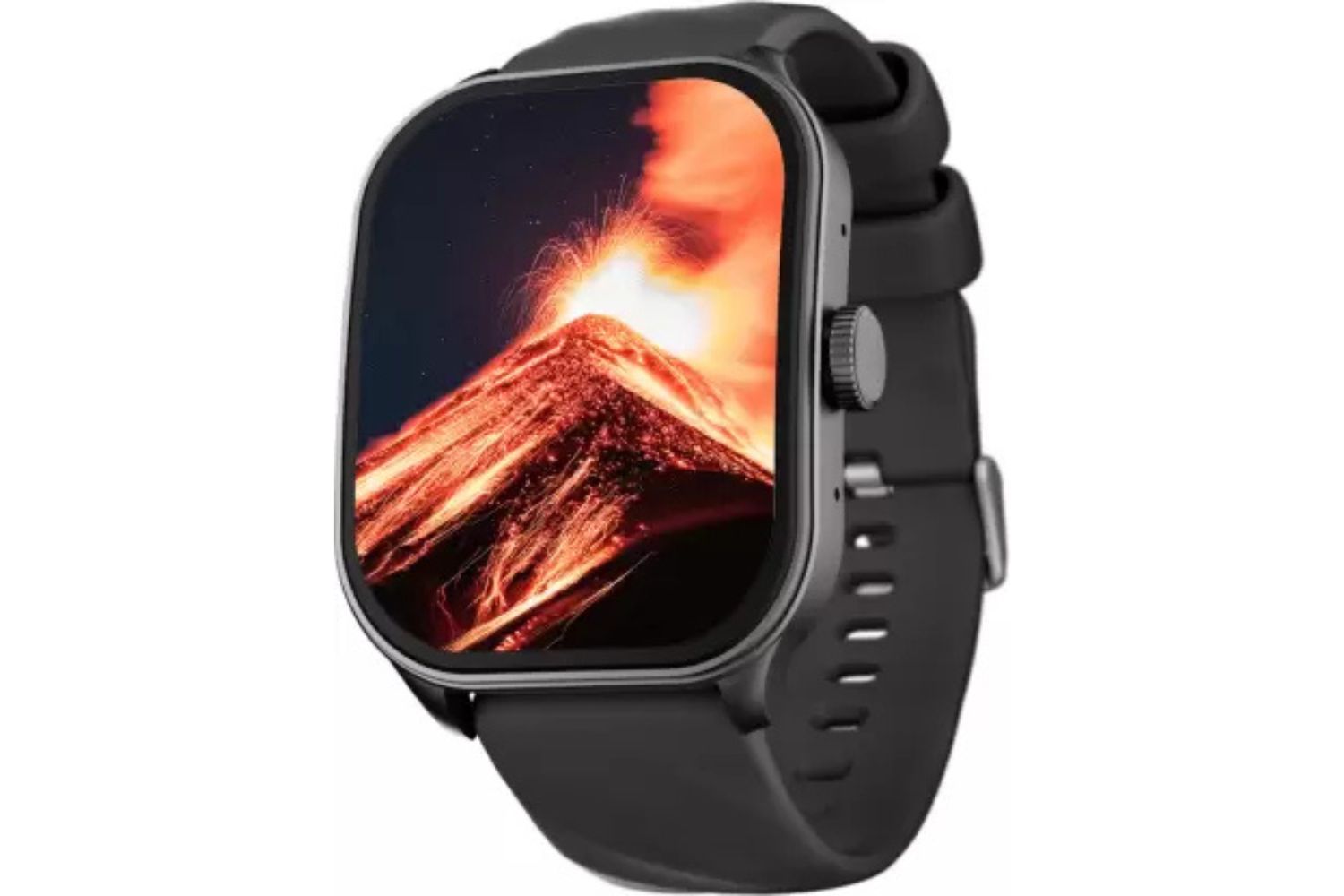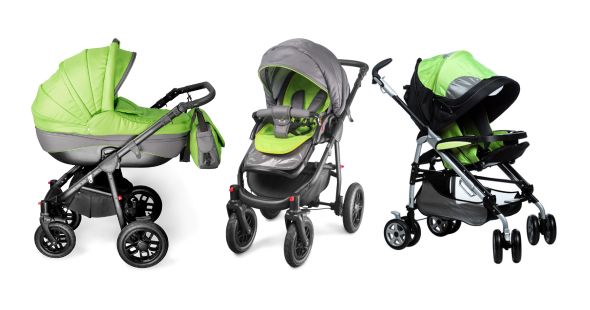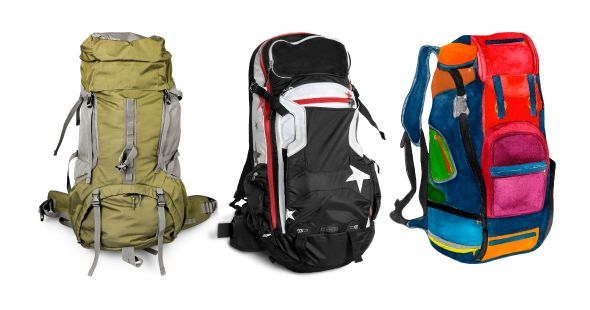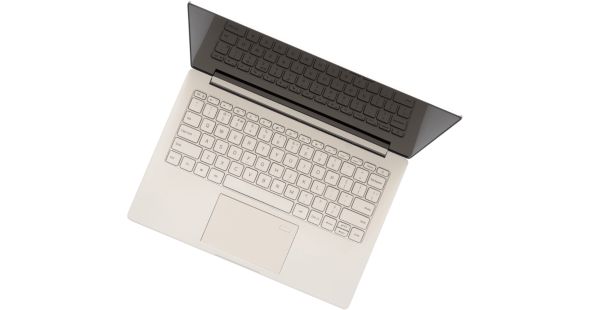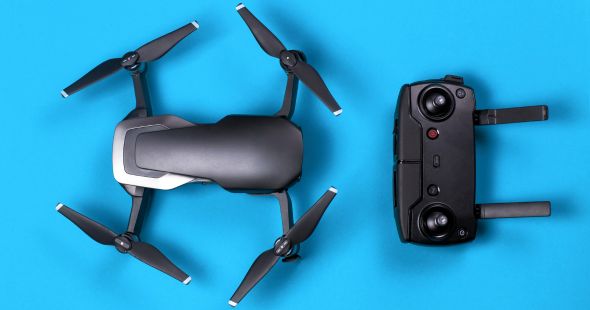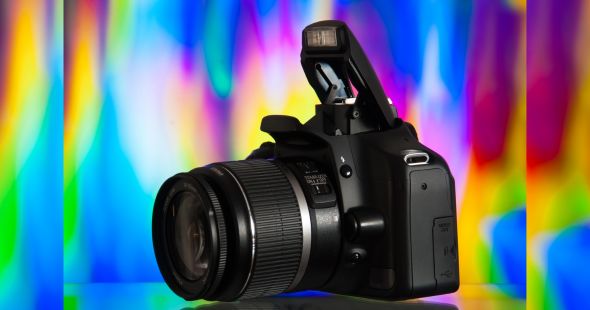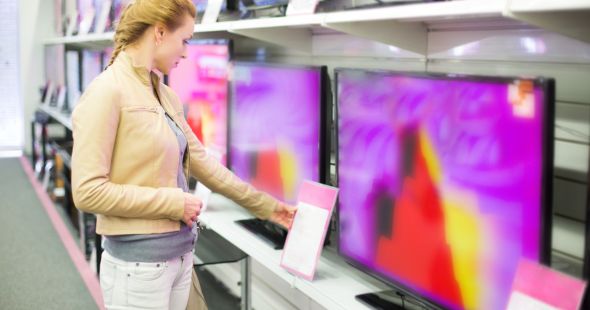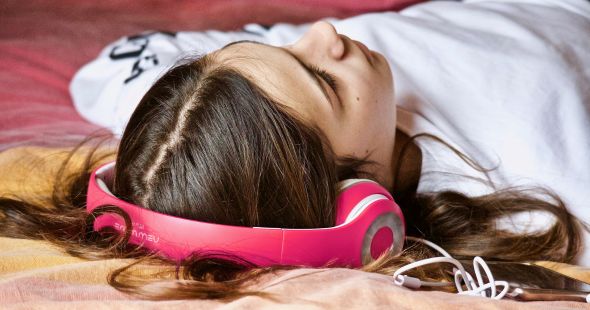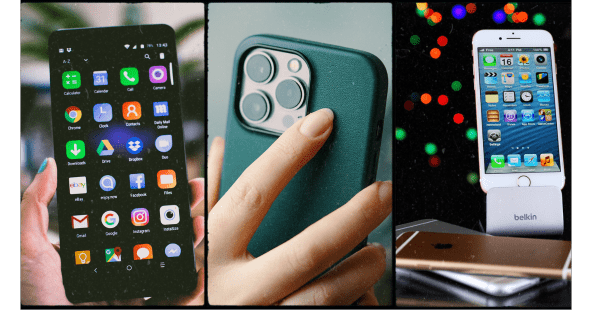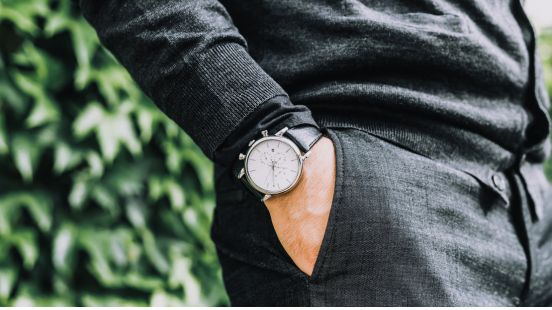Introduction
An air purifier best at home is an appliance that eliminates contaminants from the air in a room to improve indoor air quality. According to the Environmental Protection Agency (EPA), no device can completely remove pollutants or substitute for ventilation with clean outdoor air but the best air purifiers can help to improve respiratory health.
Honeywell Air Purifier HPA 300

The sheer size and weight of the Honeywell air purifier at home HPA300 were what struck us first during the setup. It weighs more than 17 pounds and it is designed for extra-large rooms. It has handles on either side which makes it easier to lift.
It has a multi-stage filtration process and comes with three HEPA filters as well as one odor-reducing pre-filter.
Operationally, it is one of the great air purifiers, features easy-touch controls that are simple to operate. Instead of having a low, medium, and high setting as with other purifiers we tested, the Honeywell air purifier has settings that vary based on one’s needs. It is also considered the best cheap air purifier for smoke.
Features
- Room size: 465 square feet
- Weight: 21 lbs
- Dimensions: 18 x 9.3 x 22.5 in.
- Filters: Pre-filter + True HEPA filter
- CADR (smoke/dust/pollen): 300 cfm / 320 cfm / 300 cfm
- Speeds: Four
- Warranty: 5 years
When tested, it was found that all settings worked exceptionally well for the Honeywell air purifier. The air purifier claims to be able to circulate all air in a large space five times per hour, which was valid. The filter also showed signs of effectively trapping dust and pet hair.
It has a two-step system: an outer carbon-activated filter designed to reduce odor, and three HEPA filters that screen particulate matter sized 0.3 microns or larger. The HEPA filters ensure the purifier can capture much smaller particles, like tobacco smoke or viruses. It has replaceable filters. It is recommended to change the pre-filter every 3 months, and the HEPA filter should be changed once a year.
- The filters can be gentle clean by brushing away the dust and should never be washed.
Limitations
The major issue with this air purifier was the volume. It is larger than most rooms and is a challenging task to discretely place. Some people have experienced a rattling noise which they find unacceptable. The “Turbo” setting produces a loud noise which has proven to be too noisy.
Philips AC1711 Smart Air Purifier for Home

Technical Specifications
- Coverage Area: 441 sq. ft.
- CADR (Clean Air Delivery Rate): 300 m³/hr
- Filter Type: HEPA, Activated Carbon
- Noise Level: 35 dB
- Connectivity: Wi-Fi, App Control
Key Features
The Philips AC1711 Smart Air Purifier offers advanced filtration with its HEPA and activated carbon filters, capturing up to 99.97% of airborne pollutants, including PM2.5 particles, allergens, and odors. It covers a room size of up to 441 sq. ft., making it ideal for medium to large rooms. The device is Wi-Fi enabled, allowing you to monitor and control air quality via a smartphone app. With a CADR of 300 m³/hr, it efficiently purifies the air, and its ultra-quiet operation at just 35 dB ensures undisturbed sleep.
Rating: 4.5/5
The Philips AC1711 is a solid choice for Indian households, offering excellent performance in urban environments where air pollution is a significant concern. The device's ability to remove even the tiniest particles is commendable, and the added convenience of app control makes it a user-friendly option. The only drawback is that it's a bit pricey, but the long-term benefits outweigh the initial cost.
Pros
- Effective HEPA and activated carbon filtration
- Quiet operation
- User-friendly app control
- High CADR of 300 m³/hr
- Sleek and modern design
Cons
- Expensive compared to competitors
- Filters need regular replacement
Important FAQs
What is the lifespan of the filters? The filters typically last between 6 to 12 months, depending on usage and air quality.
Can it be used in larger rooms? It’s designed for rooms up to 441 sq. ft. For larger rooms, it might be less effective.
Does it remove odors? Yes, the activated carbon filter effectively removes odors from the air.
How noisy is the purifier? The purifier operates at a very low noise level of 35 dB, making it almost silent.
Is the app control easy to use? Yes, the app is user-friendly and allows you to monitor air quality and control the device remotely.
Final Verdict
The Philips AC1711 Smart Air Purifier is an excellent investment for anyone looking to improve indoor air quality. Its advanced filtration system, combined with quiet operation and smart connectivity, makes it stand out in the market. While it may be on the pricier side, the benefits it offers in terms of health and comfort justify the cost.
Coway Airmega 150 Professional Air Purifier For Home (Ap-1019C) - White
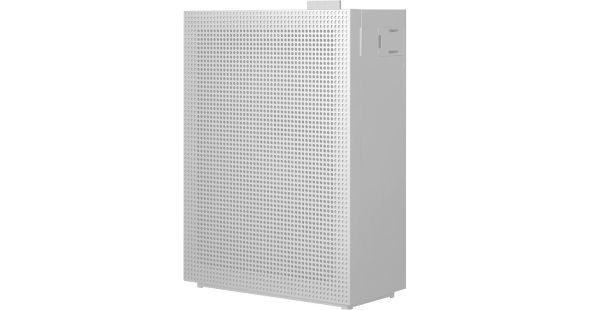
Technical Specifications
- Coverage Area: 355 sq. ft.
- CADR (Clean Air Delivery Rate): 303 m³/hr
- Filter Life: 8,500 hours
- Filter Type: Special True HEPA, Activated Carbon
- Noise Level: 22-49 dB
Key Features
The Coway Airmega 150 Professional Air Purifier is designed to deliver exceptional air quality with its Special True HEPA filter, capable of trapping 99.99% of viruses and PM 0.1 particles. With a coverage area of up to 355 sq. ft., it’s ideal for medium-sized rooms. The purifier boasts an impressive filter life of 8,500 hours, reducing the need for frequent replacements. Its low noise level ensures that it operates quietly in the background, and with a CADR of 303 m³/hr, it efficiently cleans the air in your space. The purifier comes with a manufacturer warranty of 7 years, making it a reliable and durable choice.
The Coway Airmega 150 stands out for its superior filtration technology and long filter life. In a market flooded with air purifiers, Coway’s offering is particularly appealing for those who prioritize clean air without the hassle of frequent maintenance. The ability to capture ultra-fine particles and viruses makes it a must-have for health-conscious individuals. The price is justified by its performance, durability, and low operational noise.
Pros
- Special True HEPA filter traps 99.99% of viruses and PM 0.1 particles
- Extremely long filter life (8,500 hours)
- Quiet operation (22-49 dB)
- High CADR of 303 m³/hr
- 7-year manufacturer warranty
Cons
- Limited coverage area compared to some competitors
- Slightly bulkier design
Important FAQs
How often do I need to replace the filter? The filter has an exceptionally long lifespan of 8,500 hours, so you may only need to replace it every year, depending on usage.
Can it cover larger rooms? The Coway Airmega 150 is designed for rooms up to 355 sq. ft. For larger rooms, it may not be as effective.
Is the purifier easy to clean? Yes, the Coway Airmega 150 is designed for easy maintenance, including filter cleaning and replacement.
Does it remove odors? Yes, the activated carbon filter effectively removes odors, including cooking smells and pet odors.
Is the noise level disruptive? No, the purifier operates at a noise level between 22-49 dB, making it very quiet and suitable for bedrooms and living rooms.
Final Verdict
The Coway Airmega 150 Professional Air Purifier is a top-tier choice for anyone serious about maintaining a healthy indoor environment. Its advanced filtration system, combined with a remarkable filter life and low noise levels, makes it a standout product. While it may come at a higher price point, the long-term benefits and reliability make it well worth the investment.
What should you consider before buying an air purifier best for your family?
Need for an Air Purifier:
When selecting an air purifier, first consider the indoor air quality needs. For air quality improvement, choose models with HEPA filters, or High-Efficiency Particulate Air filters, which eliminate 99% of common airborne allergens sized at 0.3 microns and larger. The airborne allergen includes pollen, dust, dust mites, mold spores, ragweed, and pet dander.
Size of the Air Purifier:
To choose the right size air purifier for your needs, consider the square footage of the room for which the air purifier is needed. If you have allergies then you should consider an air purifier’s air change per hour (ACH) rate.
ACH refers to the number of times an air purifier can filter the entire volume of air in the treatment space per hour. The rate of 4 air changes per hour ensures that the air purifier thoroughly cleans the air and filters out as many microscopic symptoms.
Placement of Air Purifier:
The placement of an air purifier is also an important aspect. Most purifiers have air intake either on the back or at the sides. Either way, it is advisable to leave some space on all sides of the air purifier for it to be able to efficiently take in the unclean air of the room and filter it. Never push the purifier against a wall.
Power of the Air Purifier:
An air purifier needs to be able to draw in and throw out at least a certain amount of air to fulfill the CADR (clean air delivery rates). The thumb rule with all air purifier purchases is simple- the more, the better.
How to protect yourself when the air quality is bad (Air Quality Index-AQI)
Air pollution is harmful to your health and clean air is important for survival. But sometimes living in an area with pollution and feeling helpless because hiding away inside the air purifier forever is not an option. The Air Quality Index (AQI) was created by the Environmental Protection Agency which helps to monitor air quality to understand the impact it may have on our health.
Following are some simple, effective tips to protect you and your family from the dangers of air pollution:
- Daily check air pollution forecasts in the area you are living in. The forecasts can let you know when the air is unhealthy in your locality.
- Avoid exercising outdoors when pollution is at a high level. When the air quality is bad, walk indoors or use an exercise machine.
- Also, limit the amount of time your child spends playing outdoors if the air quality is unhealthy.
- Try to use less energy-generating electricity and other sources of energy create air pollution. By minimizing energy use, you can help improve air quality, curb greenhouse gas emissions, and encourage energy efficiency.
- Try to walk, bike or carpool. Use buses, subways, metros, or other alternatives to driving your car.
- Don’t burn wood or trash. Burning firewood and trash are among the major sources of air pollution in many parts of the country.
- Avoid smoking in indoor areas and support measures to make all public places tobacco-free.
How HEPA filters work
HEPA stands for High-Efficiency Particulate Air
HEPA filters are available to everyone as it’s simple and cheap to buy. What it does is, it draws suspended harmful particles, bacteria, viruses, smoke, gas, and likes by a fan at high speed through a dense mat inside it that has different sizes of gaps in it.
It’s like, only air will make it through the thick, multilayered mat, rest of almost everything like these harmful particles will get caught in the filter.
How it actually works?
HEPA filter fibre catches airborne particulates in different ways. Majorly about 0.5 microns and above, particles less than 0.5 microns, and those below 0.1 microns. The largest size particles get caught by the filters when they impact it and get stuck to the fibre.
The second largest size particles, less than 0.5 microns, are picked up by blocking them when they try to flow around the fibres but come close enough to touch the fibres and get caught and stuck on them.
Ultra-small particles, below 0.1 microns, get bounced around and slowed by atoms and molecules present in the atmosphere inside the purifier, ultimately getting caught in a filter fibre.
Essentially, in this process, all particles get captured. According to HEPA standards, most of them mean 99.97 per cent capture.
Air Purifier Best Practices: Setup and maintenance
- Remove the plastic: Most air purifiers come with all filters properly installed. But if it’s sealed in plastic wrappers, do not forget to remove the plastic before turning your air purifier on. So unwrap the filters if it’s wrapped.
- Place them accurately: Place your purifier at least 20 inches away from the wall or any furniture in the room. Ideally somewhere in the midpoint of the room.
- One purifier per room: Get one purifier for each room if you want to clean the air in two rooms. It is not advisable to use one purifier for two rooms, as it won’t be effective in either of the rooms.
- Bad air conditions: Such as a nearby wildfire or extremely bad air quality on any given day when you feel difficulty in breathing, we recommend you run your purifier on high for at least two to three hours and thereafter put it back in normal mode.
- Keep doors and windows closed: You must keep all doors and windows strictly closed to get the best out of your air purifier. An open door will likely draw unfiltered air into the room that your purifier will not able to deal with. So run it with doors/windows properly shut.
- Clean the prefilter every month: For satisfactory performance, rinse off or even vacuum the prefilter once a month. Prefilter captures large particles like pet fur or hair or any other large air substance so it needs cleaning once a month.
- Filter replacement: Generally one year for HEPA filter replacement, however looking at worse air quality in some most prominent areas, it may be required to replace it in six months. Check the manual to be certain when to replace it

